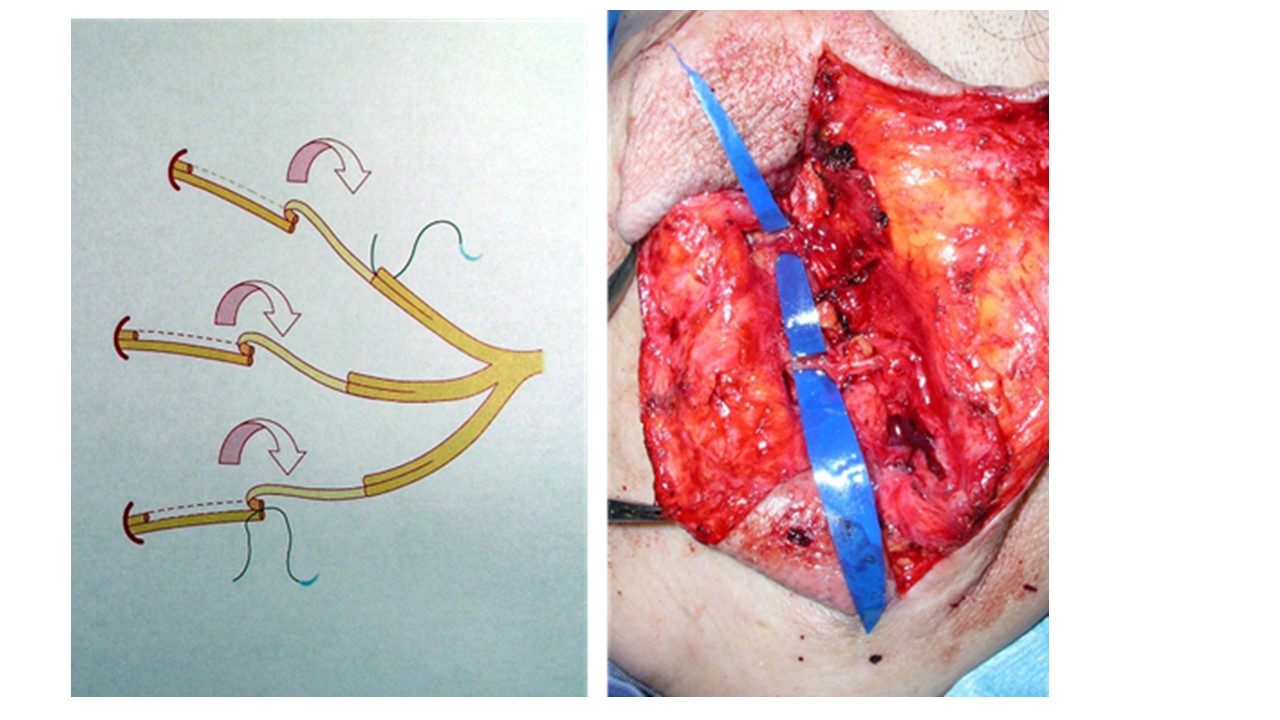Donor Less Technique for Peripheral Nerve Vascularized Reconstruction
Shuhei Yoshida, M.D., Ph.D.; Isao Koshima, M.D., Ph. D.; Hiroshima University, Hiroshima,, Japan
Background
In the case of reconstruction for peripheral nerve defect, nerve gratings are often performed.
Vascularized nerve flaps we often report is superior to this conventional technique in terms of functional results and recovery period. However, it requires sacrifice of nerve at donor site. This time, we developed the new technique which does not need sacrifice of donor site.
We demonstrate the representative cases and discuss the usefulness of this technique.
Methods
The technique is fascicular turnover method. Vascularized fascicular flap was used for repairing nerve gaps.
Four cases with digital and facial nerves gaps were repaired with fascicular turnover flap without a nerve graft. Three patients had digital nerve gaps (10-20mm in length) and one had a 3-cm facial nerve gap.
Results and Conclusion
The results of sensory recovery of digital nerve gap were 3.22-3.66 (Semmes-Weinstein values) and 6-12mm (moving two-point discriminations) at 6 and -16 months after surgery, respectively.
The nerve turned over is vascularized well to show remarkable function and short period recovery. But this technique needs supermicrosurgery dissection. The future task is to know the variation of cases and the length of nerve which this technique can be applied to.

Back to 2018 Program
